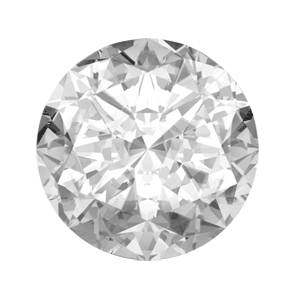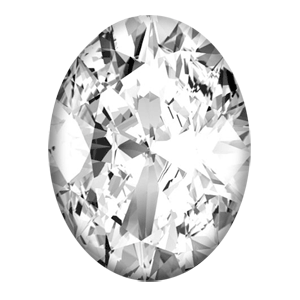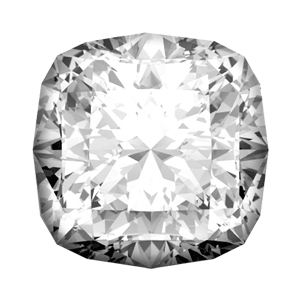MENU
CURRENCY
The first step in choosing a diamond is to decide between the ten different shapes available. Each of the diamond shapes has different characteristics, but the overall attraction to a certain shape is a matter of personal taste. It is also important to note that shape only identifies the form of the diamond and is a different characteristic than cut. Cut is a grade that refers to a diamond’s light return or sparkle.

By far the most popular diamond shape, round diamonds account for more than 75% of diamonds sold today. The round cut is considered the most versatile of all the shapes because it can be used in a wide variety of fine jewelry types, from diamond engagement rings to diamond earrings. The round cut diamond is known to show the most brilliance and sparkle of all of the diamond shapes.
search
Very popular for engagement rings, the princess cut has pointed corners and is traditionally square in shape. Princess diamonds vary in how square or rectangular they are. To show the differences in shape, the length-to-width ratio is used. For a princess cut diamond that is square, look for a length-to-width ratio that is between 1 and 1.05. If you prefer a princess cut that is more rectangular, look for a length-to-width ratio that is greater than 1.10.
search
The emerald cut diamond is a diamond with rectangular facets, which create its unique form. The clarity is highlighted by this shape. The emerald diamond can also be described by the length-to-width ratio, which will determine what the diamond will look like when being viewed from above). For a classic emerald shape, look for a length-to-width-ratio that is between 1.30 and 1.40. The higher the length-to-width ratio from that point on (such as a 1.75 length-to-width ratio), the skinnier the emerald shape will be.
search
The Asscher-cut diamond is nearly identical to the emerald cut, except that it is square. Just like the emerald the clarity of this diamond is highlighted by its shape. The Asscher diamond also utilizes the length-to-width ratio, but since most Asscher-cut diamonds are square in shape their length-to-width ratios will be between 1.00 and 1.05.
search
If size is an important factor for you, it would be smart to consider a marquise cut because the shape maximizes carat weight, which gives the illusion of a much larger-looking diamond. Marquise diamonds resemble the oval shape but have points on each end. To find the dimension of the marquise diamond you want, use the length-to-width ratio to determine its shape. A higher length-to-width ratio will yield a skinnier looking marquise, while a lower length-to-width ratio will yield a shorter and wider marquise.
search
The oval diamond provides beautiful brilliance and shape similar to the round diamond. To find the dimension of the oval cut diamond you want, use the length-to-width ratio to determine its shape. A higher length-to-width ratio will yield a skinnier oval, while a lower length-to-width ratio will yield a shorter and wider oval shape.
search
Typically slightly rectangular to square shaped, the radiant cut diamond is characterized by its trimmed corners. To find the dimensions of the radiant shaped diamond you want, use the length-to-width ratio to determine its shape. For a radiant that is square, look for a length-to-width ratio that is 1.0, or up to 1.05. The higher the radiant’s length-to-width ratio, the more rectangular it will be.
search
This brilliant cut has a single point and a rounded end. It can be described as a cross between the marquise cut and a round stone. To find the dimensions of the pear shaped diamond you want, use the length-to-width ratio to determine its shape. For a more traditional pear-shaped diamond look for a length-to-width ratio that is between 1.45 and 1.75, the higher the length-to-width ratio the more thin the pear shape will be.
search
Like the pear shape but with a cleft at the top, the heart shape diamond is the most romantic of the shapes. To find the dimensions of the heart shaped diamond you want, use the length-to-width ratio to determine its shape. If you prefer a longer and leaner heart shaped diamond, look for a higher length-to-width ratio (such as 1.25). For a shorter and wider heart shape, look for a lower length-to-width ratio (such as .75).
search
Cushion-cut diamonds (also known as “pillow-cut” diamonds) are characterized by rounded corners and large facets, which increase the overall brilliance. To determine the dimension of the cushion shaped diamond you want, use the length-to-width ratio to determine its shape. If you prefer a square shaped cushion diamond look for a length-to-width ratio around 1.0. If it is a more rectangular shape that you prefer, look for a higher length-to-width ratio such as 1.30.
searchWhile the ten shapes described above are the most popular shapes of diamonds, at Allurez we offer exclusive antique jewelry that may come in historic shape diamonds not described above.